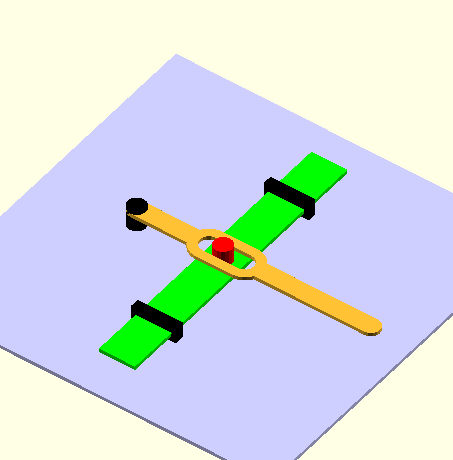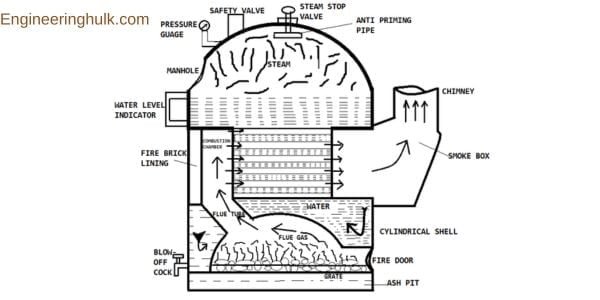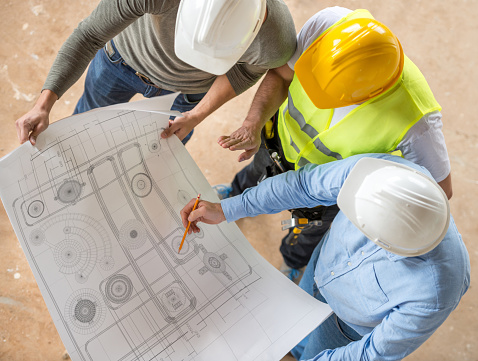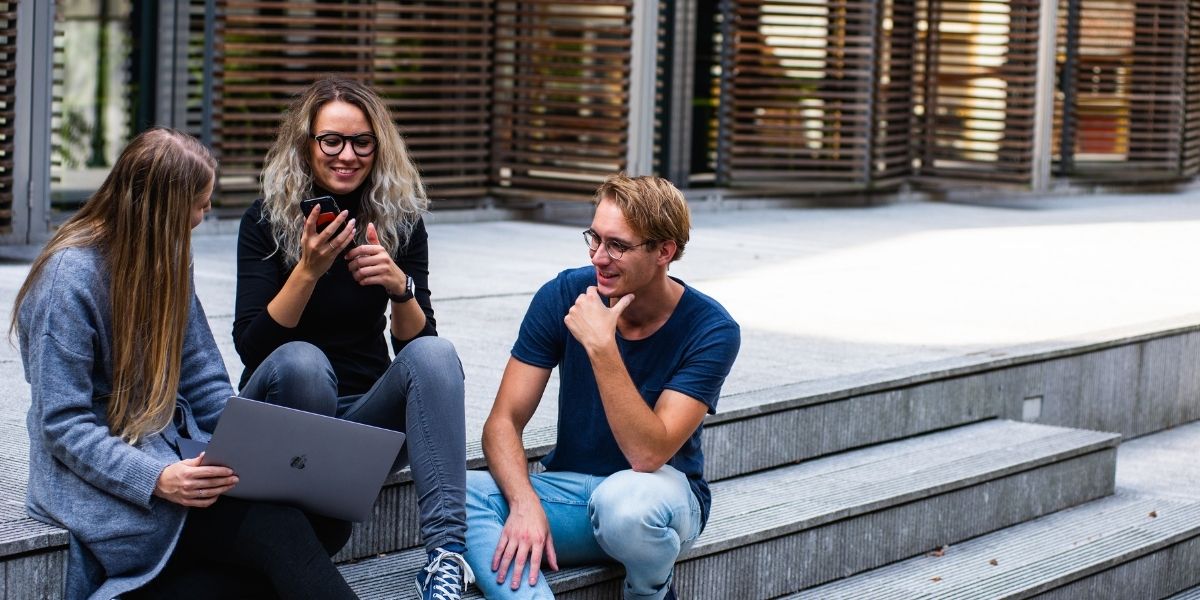Table of Contents
What is the strain formula and definition?
In the field of engineering, the concept of strain is a crucial one that plays a critical role in the design and analysis of various mechanical components. Strain is a measure of how much an object deforms or stretches under an applied load, and it is defined as the ratio of the change in the length of an object to its original length.
Definition of Strain
Strain is a dimensionless quantity that describes the amount of deformation that occurs in an object when subjected to an external force or load. It is defined as the change in the length of an object divided by its original length. The formula for strain is:
Strain = ΔL/L
Where ΔL is the change in length of the object, and L is the original length.
Types of Strain
There are different types of strain, including tensile strain, compressive strain, and shear strain. A tensile strain occurs when an object is pulled or stretched, while compressive strain occurs when an object is compressed or pushed. A shear strain occurs when an object is subjected to a force that causes it to twist or deform along its cross-sectional area.
The formula for Tensile and Compressive Strain
The formula for tensile and compressive strain is the same, and it is given as:
Strain = (F × L) / (A × E)
Where F is the applied force, L is the length of the object, A is the cross-sectional area of the object, and E is the modulus of elasticity.
The modulus of elasticity is a measure of the stiffness of a material and is defined as the ratio of the stress applied to the material to the resulting strain. It is also referred to as Young’s modulus and is expressed in units of pressure, such as pounds per square inch (psi) or pascals (Pa).
The formula for Shear Strain
The formula for shear strain is given as:
Strain = Δθ
Where Δθ is the change in angle between two adjacent planes in the object.
Applications of Strain Formula
The strain formula is used in various engineering applications, including the design and analysis of structures such as bridges, buildings, and mechanical components such as gears, springs, and bearings. The formula can be used to determine the amount of deformation that will occur in a material when subjected to an external force or load, which is critical in ensuring that the material can withstand the applied forces without failure.
Units of Strain:
Strain is typically measured in units of micro-strain (µɛ) or parts per million (ppm). Micro-strain is a unit of strain that represents one-millionth of a unit of strain. It is often used in scientific and engineering applications to measure small changes in the length of a material. One micro-strain is equal to 0.0001% strain.
Parts per million (ppm) is another unit of strain that is commonly used in industrial applications. It represents the number of parts of strain per million parts of the material. For example, if a material has a strain of 100 ppm, it means that for every million parts of the material, 100 parts are strained.
Calculating Strain:
The calculation of strain is based on the change in the length of a material per unit length. To calculate strain, the original length of the material is measured before applying stress, and the length of the material is measured after applying stress. The difference between the two lengths is then divided by the original length to get the strain.
For example, if a material has an original length of 10 cm and it stretches to 11 cm when a force is applied, the strain can be calculated as follows:
Linear Strain = (Change in Length / Original Length) x 100%
Linear Strain = ((11 cm – 10 cm) / 10 cm) x 100%
Linear Strain = 10%
Shear Strain can also be calculated using a similar methodology.
Also, read Types of Solar panels
































Comments on “Strain Formula – Definition, Types, and Applications”
Comments are closed.